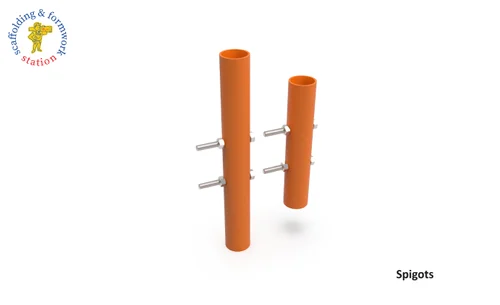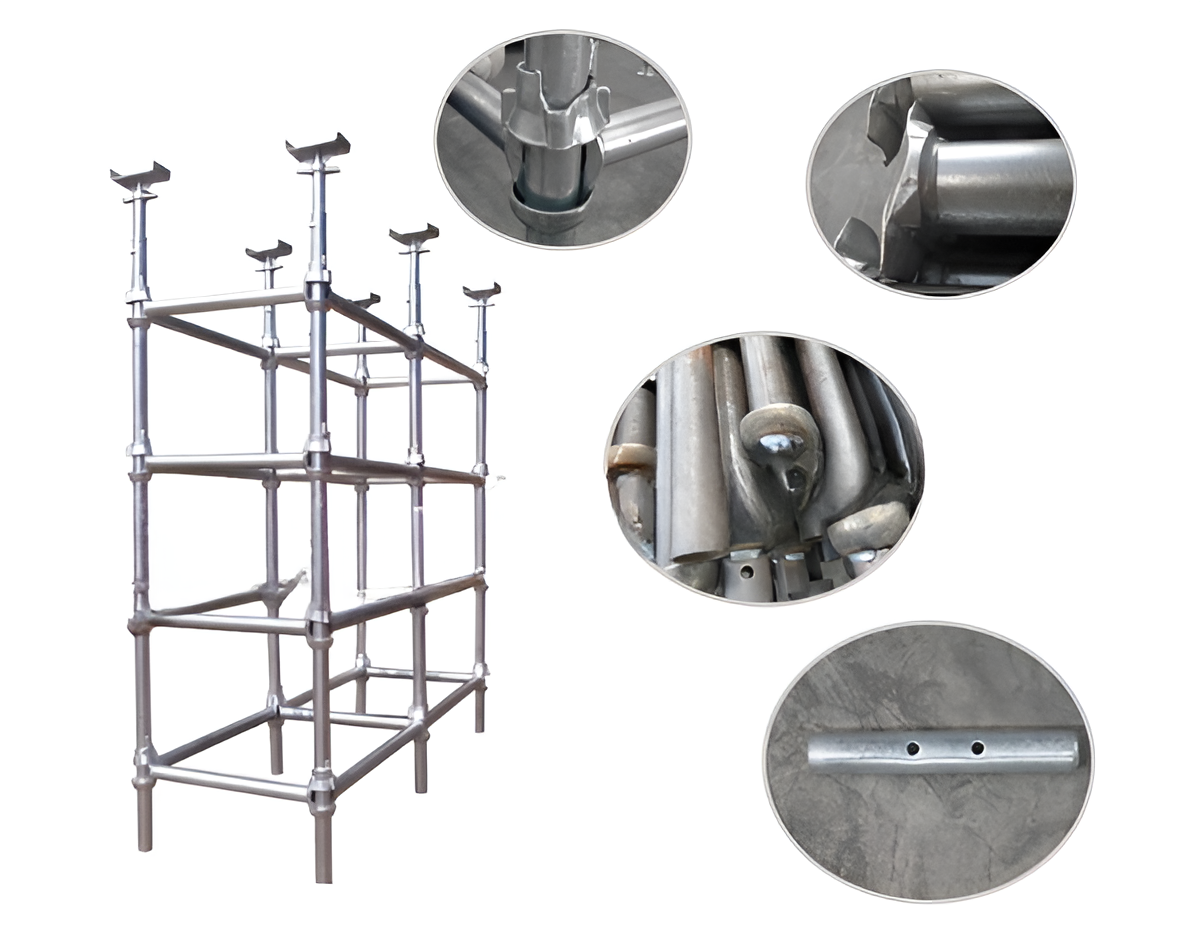
What Is a Cuplock Spigot? Everything You Need to Know
When it comes to scaffolding systems, durability, ease of use, and efficiency are key factors in determining the best solution for construction projects. Among the various scaffolding systems, the cuplock spigot system stands out for its versatility and reliability. In this article, we’ll dive into the details of what a cuplock spigot is, its components, advantages, and its role in modern construction.
What Is a Cuplock Spigot?
A cuplock spigot is a critical component of the cuplock scaffolding system, a modular scaffolding solution widely used in construction and maintenance projects. This system consists of vertical and horizontal members that connect using specially designed cup joints and spigot connectors.
The spigot is a cylindrical connector located at the top of the vertical scaffold tube, allowing it to connect seamlessly to another tube. This connection ensures stability and extends the height of the scaffolding, making it suitable for multi-level construction.
Key Components of Cuplock Spigot Scaffolding
- Vertical Standards: These are the primary load-bearing components. Each standard is equipped with a spigot at one end for vertical extensions.
- Horizontal Ledgers: These provide horizontal support and connect to the vertical standards using the cup joint system.
- Top Cup and Bottom Cup: The top cup locks the horizontal ledgers in place, while the bottom cup holds them securely.
- Spigot Connectors: These cylindrical fittings ensure the vertical alignment of the standards and allow for easy height adjustments.
How Does a Cuplock Spigot Work?
The cuplock spigot system operates on a simple locking mechanism:
- The spigot connector at the top of a vertical standard is inserted into the hollow end of another standard.
- The top and bottom cups secure horizontal ledgers by locking them into place.
- Once all components are connected, the system provides a stable and sturdy scaffold structure capable of withstanding heavy loads.
Advantages of Cuplock Spigot Scaffolding
- Easy Assembly and Disassembly
The modular design and simple locking mechanism make cuplock spigot scaffolding quick to set up and dismantle, saving time and labor costs. - High Load Capacity
The system’s robust design allows it to support significant weight, making it ideal for heavy-duty construction tasks. - Versatility
Cuplock spigot scaffolding is suitable for various applications, including construction, maintenance, and industrial projects. - Durability
Made from high-quality steel, cuplock spigot components are resistant to wear and tear, ensuring long-term use. - Safety
The secure locking mechanism minimizes the risk of component failure, providing a safer working environment for laborers.
Applications of Cuplock Spigot Scaffolding
Cuplock spigot systems are used across various industries, including:
- Building Construction: Providing access for masonry, plastering, and painting tasks.
- Industrial Projects: Supporting maintenance activities in oil refineries, power plants, and factories.
- Infrastructure Development: Assisting in the construction of bridges, tunnels, and highways.
- Temporary Structures: Used for stages, seating arrangements, and event platforms.
Why Choose Cuplock Spigot Scaffolding?
The cuplock spigot system combines efficiency, reliability, and cost-effectiveness, making it a preferred choice for construction professionals. Its modular nature ensures adaptability to various project requirements, while its durable design ensures long-term usability.
Whether you’re working on a large-scale construction project or a small maintenance task, cuplock spigot scaffolding provides the stability and flexibility needed to get the job done efficiently.
Conclusion
Understanding the cuplock spigot system is essential for anyone involved in construction and scaffolding. Its ease of use, durability, and adaptability make it a valuable asset in modern construction. By choosing a reliable cuplock spigot scaffolding system, you ensure safety, efficiency, and high performance for your project.

Leave a Reply